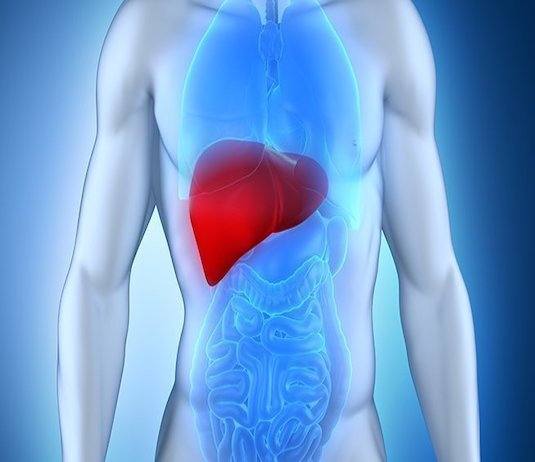Category: Medical News
-

Spina Bifida
I – Introduction: A- Presentation of spina bifida: Spina bifida is a birth defect of the central nervous system that affects the development of the spinal cord, spine, and the membranes that surround the brain and spinal cord. This malformation occurs when the neural tube of the fetus does not close properly during the first weeks…
-

Hyperthyroidism
I – Introduction: A- Definition of hyperthyroidism and presentation of its importance: Hyperthyroidism is a pathology of the thyroid characterized by excessive production of thyroid hormones. This gland, located at the base of the neck, has the function of regulating the metabolism and maintaining the hormonal balance of the body. When suffering from hyperthyroidism, the thyroid secretes…
-

Narcolepsy
I – Introduction: A- Definition of narcolepsy: Narcolepsy is a rare neurological condition that affects the brain’s ability to control sleep and wake cycles. This disease is characterized by the presence of excessive daytime sleepiness, sleep paralysis, hypnagogic hallucinations and cataplexy. Excessive daytime sleepiness is a sudden, irresistible need to sleep during the day, even after getting…
-

Vagal discomfort
I – Introduction: A- Definition of vagal discomfort: Vagal Malaise is a medical condition characterized by a sudden loss of consciousness and consciousness, usually associated with symptoms such as dizziness, nausea, sweating and a drop in heart rate. It can be triggered by a number of factors such as emotional stress, over exercise, or gastrointestinal upset. Vagal…
-

Sinusitis
I – Introduction: A- Brief explanation of what sinusitis is and its symptoms: Sinusitis is an inflammation of the mucous membranes of the sinuses, which are cavities located in the bones of the skull around the nose and eyes. This inflammation can be caused by a bacterial, viral or fungal infection, allergy, air pollution or other…
-

Roseola
I – Introduction: A- Definition of roseola: Roseola, also known as “sixth disease”, is a mild viral infection that mainly affects infants and young children. It is caused by human herpes virus type 6 (HHV-6) or, in rare cases, human herpes virus type 7 (HHV-7). Roseola is characterized by a high fever that usually lasts for three…
-

Hepatitis B
I – Introduction: A- Definition of hepatitis B: Hepatitis B is a liver disease caused by the hepatitis B virus (HBV). It is a potentially serious infectious disease that can damage the liver and cause cirrhosis or liver cancer. The hepatitis B virus is spread through contact with blood or other infected body fluids, such as semen…
-

Constipation
I – Introduction: A- Definition of constipation: Constipation is a common digestive disorder characterized by difficult-to-pass stools or reduced stool frequency. According to medical criteria, a person is considered constipated if they have less than three bowel movements per week or if the stools are hard and difficult to pass. Constipation can be temporary and result from…
-

Sepsis
I – Introduction: A- Definition of sepsis: Sepsis is a potentially serious condition that occurs when a bacterial infection spreads through the blood. This infection can originate anywhere in the body, but the most common are infections of the skin, urinary tract, lungs, and abdominal organs. Sepsis can quickly cause a detrimental effect on the entire body,…
-

Hypertension
I – Introduction: A- Definition of hypertension: Hypertension, also called high blood pressure, is a medical condition characterized by abnormally high blood pressure in the blood vessels. This pressure can damage blood vessels, organs and tissues, increasing the risk of heart disease, stroke and kidney disease. Hypertension is often called “the silent killer” because it can develop…
You must be logged in to post a comment.